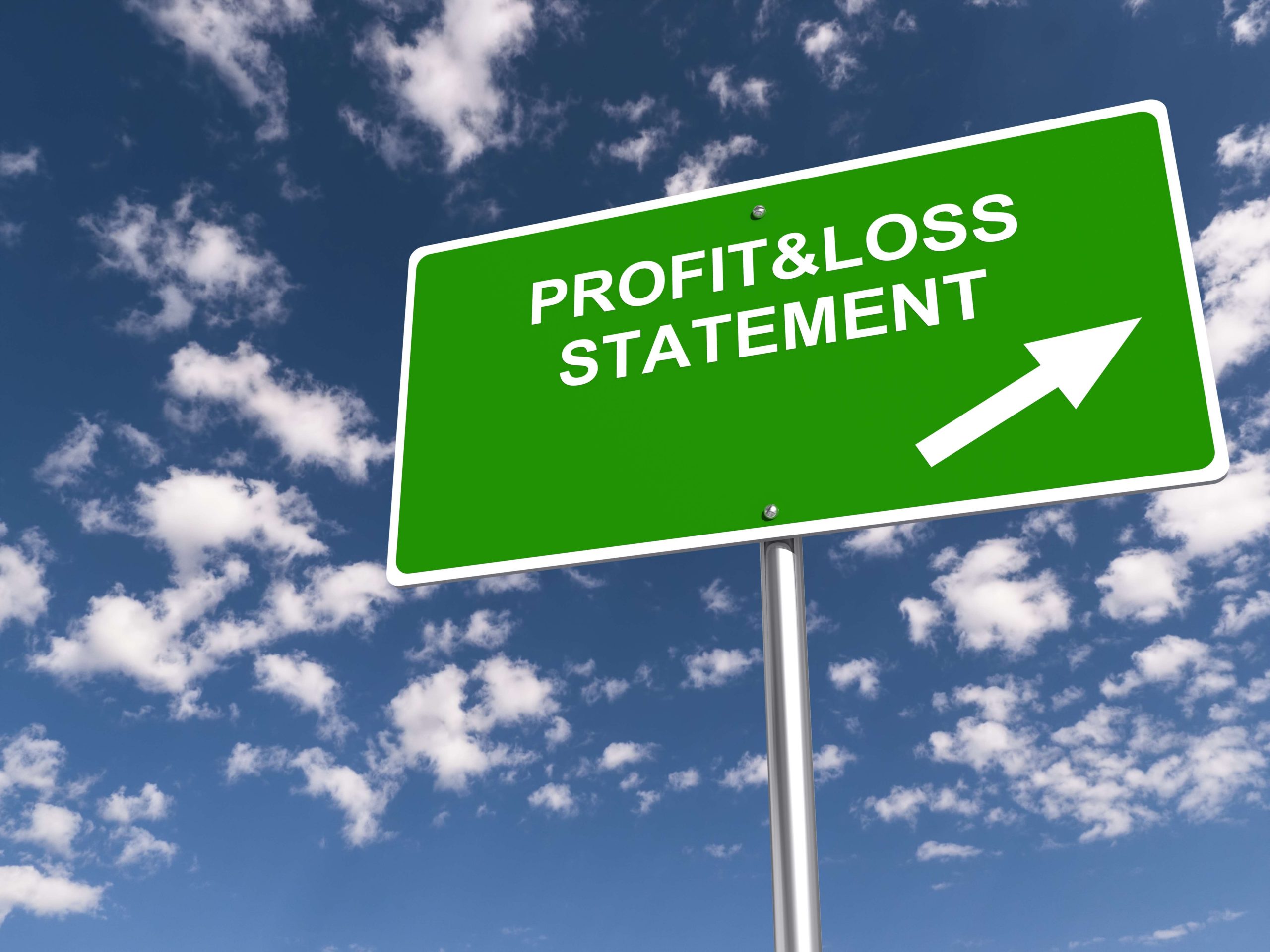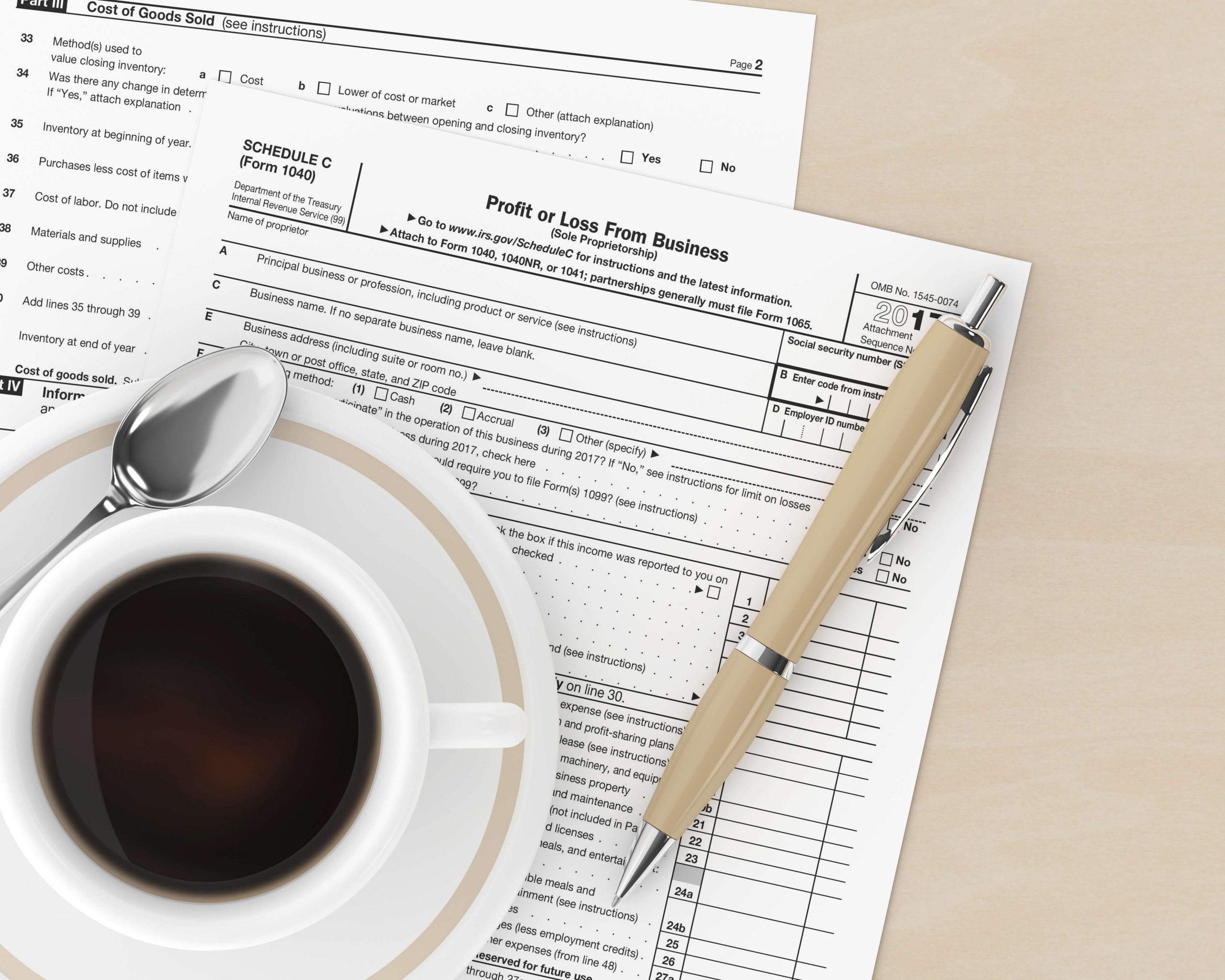Content

Thus, they continue to be depreciated and tested for impairment. Under the revaluation model, carrying amounts are the fair values at the date of revaluation less any subsequent accumulated depreciation or amortisation. Estimates required for depreciation and amortisation calculations include the useful life of the equipment and its expected residual value at the end of that useful life. A longer useful life and higher expected residual value result in a smaller amount of annual depreciation relative to a shorter useful life and lower expected residual value.

Section 8 discusses differences in financial reporting of investment property compared with property, plant, and equipment. Noncurrent assets are a company’s long-term investments for which the full value will not be realized within the accounting year. Examples of noncurrent assets include investments, intellectual property, real estate, and equipment. 18,000 USD must be charged to the plant asset account for every financial year as a depreciation expense. When land and buildings purchased together are to be used, the firm divides the total cost and establishes separate ledger accounts for land and for buildings.
What Are Current Liabilities?
Depending on the industry and purpose of a company, a number of items might now qualify as plant assets. Asset costs pertaining to land include purchase price, property taxes, closing costs, broker fees, excavation and other similar costs necessary to make the land usable. DateDescriptionL.FDebitCreditDepreciation Account10,000Plant Asse Account10,000The press machine has been purchased against cash for business use.The same process will be repeated every year at the end of the financial year. Every business concern or organization needs resources to operate the business functions.
Typically in business accounting, an entry appears as a cost when it is manufactured and then disappears when it is sold. Hopefully, that cost is replaced by income and some level of profit.
Accounting
A new press technology has just launched in the market, and the company owner decided to acquire the machine. The cost of the machine is USD100,000, and it is expected to stay useful for five years with a residual value of USD10,000. Also included are other costs needed to put the machine or equipment in operating condition in its intended location.
Exchange of plant assets usually results in the gain or loss on the company side. Likewise, the journal entry for the exchange of plant asset that results in a gain will be a bit different from the one that results in a loss. Current liabilities are essentially the opposite of current assets; they are anything that reduces a company’s spending power for one year. Examples include short term debts, dividends, owed income taxes, and accounts payable. If current liabilities exceed current assets, it could indicate an impending liquidity problem.
For example, it is normal for companies to repair or replace old factories or automobiles with new assets when necessary. An estimated value of the costs of dismantling and removing the asset and restoring the site on which it is located. This is commonly referred to as an asset retirement obligation . Consolidated Total Assets means, as of the date of any determination thereof, total assets of the Borrower and its Subsidiaries calculated in accordance with GAAP on a consolidated basis as of such date.
What Is A Plant Asset
Third, the carrying value decreases uniformly until it reaches the estimated residual value. Depreciation means the allocation of the cost of a plant asset to the periods that benefit from the services of the asset.
Assets include land , vacant lots, approved building sites and any other taxable parcels. The one thing I do want to note, which I mentioned earlier, is that land is the one plant asset that is not depreciable. This five-star course on accounting can help you develop a stronger business mindset for managing assets.
Capitalization Guidelines
The cost of training the entire company’s personnel when a new computer system is installed would probably be a material amount, especially in a large company. Every employee might require a day’s training or more in the new system. The loss of productivity would be a material amount, and should be classified as part of the depreciable cost of the asset.

For instance, a computer that is being used as a doorstop is not contributing to the production of income, and it is also not being used as it was intended. Common examples are property, plants, and equipment (PP&E), intangible assets, and long-term investments. Now that you’re ready to expand your business and bring your plant assets up to speed, it’s time to educate yourself on making smart decisions. Get hands-on learning from this top-rated class on real estate investment analysis.
How Do You Know If Something Is A Noncurrent Asset?
Instead, a periodic amount is charged to expenses as depreciation. However, the land is an exceptional case as its value does not depreciate. The assets can be further categorized as tangible, intangible, current, and non-current assets. It includes cash/bank, short-term securities, inventories, account receivables, etc.
Current assets include cash, cash equivalents, accounts receivable, stock inventory, marketable securities, pre-paid liabilities, and other liquid assets. Current assets are important to businesses because they can be used to fund day-to-day business operations and to pay for the ongoing operating expenses. A list of the current assets a company owns will be available on the balance sheet. Typically these will be broadly categorized by type, such as short-term investments, inventory, and cash and cash equivalents. What you’re left with are all the machines, land, equipment, and buildings used to produce your goods. Technically speaking, anything that is used to make money that has both a useful life of more than a year and doesn’t directly become part of the product itself is a plant asset. In this lesson, we’ll look at examples of plant assets, as well how accounting for them requires special attention.
- Owners record depreciable land improvements in a separate account called Land Improvements.
- The depreciable cost and accumulated depreciation relating to the asset must both be removed, or reversed.
- It’s impossible to manufacture products without equipment and machinery, or a building to house them.
- This cost is objective, verifiable, and the best measure of an asset’s fair market value at the time of purchase.
- The state’s expenditure reports are reconciled quarterly with the University financial statements.
- This method implies charging the depreciation expense of an asset to a fraction in different accounting periods.
Allocating these costs to expense is called depreciation for plant assets, depletion for natural resources, and amortization for intangible assets. The cost of land is never depreciated because land is considered to have an unlimited useful life. What these assets all have in common, that also differentiates them from current assets, is that they are not going to turn into cash any time soon and their connection to revenue is indirect. With inventory, we saw a direct match between the cost of the product and the sales revenue. When that asset sold and generated revenue, we moved the cost of the asset to cost of goods sold and recorded the cost against the revenue in one of the most perfect examples of matching we’ve seen so far. Rent, insurance, and wages are examples of period costs that we match to revenues by posting them to the income statement accounts in the same period as the revenue, using time as our method of matching. The IAS 16 of the IFRS governs the rules regarding recognizing and recording the plant assets in the company’s financial statements.
Each of these types is classified as a depreciable asset since its value to the company and capacity to generate income diminishes during the asset’s useful life. In any case, plant assets owing to price and duration, property held by a company is generally the most valuable asset. The land is also an asset that is unlikely to deteriorate in value over time.

Tangible assets are assets with physical substance that can be charged in the operations of business for a relatively longer period of time, usually more than one year or one operating cycle whichever is longer. Examples are land, buildings, equipments and machineries, trucks, etc. For Federal Income Tax purposes, depreciation is referred to as cost recovery.
When twice the straight-line rate is used, the method is usually called the double-declining balance method. 9 Companies often issue short-term notes payable to borrow casfl or to purchase inventory or plant assets. In May 2017, Factory Corp. owned PP&E machinery with a gross value of $5,000,000. Due to the wear and tear of the machinery, the company decided to purchase another $1,000,000 in new equipment. For this period, the depreciation expense for all old and new equipment is $150,000.
Additions are one of four categories of these investments; the others include improvements, reinstallations and rearrangements, and repairs. Often, a lease will include a provision that allows the lessee to purchase the property at the end of the lease for significantly less than the estimated fair market value. In general, it is assumed that most lessees will exercise this option. Investors need to analyze a company’s long-term assets before making an investment decision, as not all investments generate profits. It is wise for an investor to make use of the different financial metrics and ratios when analyzing the financial state of a company. Depreciation allows a company to estimate its non-cash expenses during the financial year as they prepare the balance sheet.
How To Calculate Property, Plant, And Equipment Pp&e
The acquisition cost of plant assets is the cash or cash-equivalent purchase price, including incidental costs required to complete the purchase, to transport the asset, and to prepare it for use. The major characteristics of plant assets are that they are acquired for use in operations and not for resale, that they are long-term in nature and usually subject to depreciation, and that they have physical substance. 2 All plant assets, except land, are depreciated over their estimated useful life. The value of PP&E between companies varies substantially according to the nature of its business. For example, a construction company will generally have a significantly higher property, plant, and equipment balance than an accounting firm does. This category of plant assets is vital and also commands high value due to its functions in contributing to efficient business operation. Equipment is diverse for different businesses, however, it is an important asset as it is the backbone of business operations and vital in moving production forward and revenue generation.
At the end of the life we will record any gain or loss at the time of disposal or retirement of the asset. Sometimes assets are traded for other assets, and that must be accounted for in the same manner as a disposal or retirement.
Is a refrigerator furniture or equipment?
Since refrigerators have a useful life that is more than a year, you may include it under Furniture, Fixtures and Equipments as long as it is categorized to a Fixed Asset account type. On the other hand Office Supplies are normally used for tracking Day-to-Day expenses (e.g. papers, pens,etc).
This would be different for a Telecommunications company, rather they could consider improving their service deliverables and upgrading network cables to provide better services to customers. A plant asset should be recognized at its costs when it fully meets the definition above by IAS 16. Some entities may also have internal policies that allow them to directly charge out the capital expenditure of a small value, usually below a certain threshold. To provide accurate, complete, and timely recording and reporting of the financial transactions and activities of the DOW.b.
What will encourage utilities to stop burning coal? – The Washington Post
What will encourage utilities to stop burning coal?.
Posted: Thu, 02 Dec 2021 13:00:00 GMT [source]
1 Tangible plant assets, with the exception of land, are of use to a company FOR only a limited number of years. The PP&E account is often denoted as net of accumulated depreciation.
Since these assets produce benefits for more than one year, they are capitalized and reported on the balance sheet as a long-term asset. If a company produces machinery , that machinery is not classified as property, plant, and equipment, but rather is classified as inventory. The same goes for real estate companies that hold buildings and land under their assets. Their office buildings and land are PP&E, but the houses or land they sell are inventory.
If a company purchases a machine for $50,000 and the machine is given a 5-year useful life, then the depreciation recorded in the expense account every year will be $10,000. This means that the machine will depreciate by $10,000 every year.